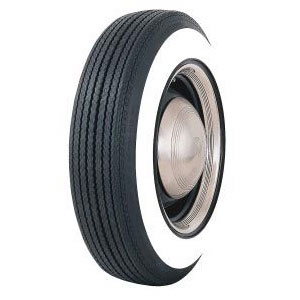One of the most identifying feature of an poorly maintained car is brake squeal, in my opinion. It is a matter of utmost concern when I hear my car reach a stoplight with a strong announcement and wary pedestrians pass quickly to avoid the possibility of being a run-over victim.
Leaking brake fluid can be a factor in noisy brakes, but a poor brake adjustment can produce both noisy and a car pulling to one side. As it happens, I had both
leaking and poor adjustment. Naturally, I turn to TECH and the Master Technicians Service Conference for an answer.
Tech provides the answer with his usual brevity and recommends the proper order to check.
I already checked the second one first because I had a leak and rubber troubles. Everything was torqued properly and tight as can be, leaving the first and the third recommendation.
The third recommendation called "poor alignment" actually refers to how the brake pad hits the drum. The perfect alignment is perpendicular to the surface of the brake drum. Unfortunately, the position of the guide spring and the cam pin in the "support assembly" can affect how the pad interacts with the drum. We are ignoring other small problems like a drum which is out-of-round (solved by a lathe.)
If there is cam pin which is too long, it means some grinding and adjusting, otherwise you get an irritating brake shudder. If the cam pin is too short, you can live with it because the pad will right itself, but the pad will wear unevenly and shorten its useful life. If you want to fix a short pin, you have to pound the pin from the backside, bending the support assembly well enough to push the pin towards the outside.
The second recommendation, "Poor Adjustment" is matter of using the right tool and having patience in producing the best result. It's worth a whole new blog entry.






.jpg)



.jpg)
























.jpg)








